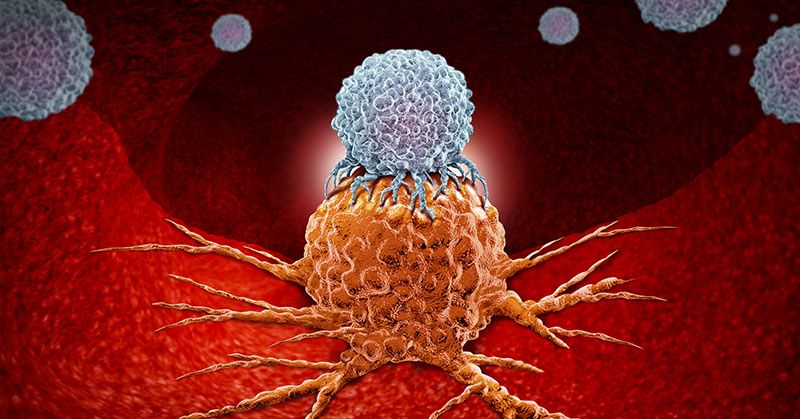Dec 24, 2019
SpaceX achieves key safety milestone for crewed flight with 10th parachute test
Posted by Genevieve Klien in categories: materials, space travel
SpaceX is closing out the year with an achievement that should help it keep on track to fly astronauts on board one of its spacecraft next year. The Elon Musk-led space company finished its tenth consecutive successful parachute system test yesterday, an important safety system milestone that should be a good indication that the latest design is just about ready for use with astronauts on board.
The parachute system is what’s used to slow the descent of SpaceX’s Crew Dragon commercial astronaut spacecraft on its return trip to Earth, once it enters the atmosphere. The current design is the third major iteration of SpaceX’s parachute for Crew Dragon, featuring upgraded materials and improved stitching for the best possible reliability and durability during flight.
Yesterday the team completed the 10th successful multi-chute test in a row of Crew Dragon’s upgraded Mark 3 parachute design – one step closer to safely launching and landing @NASA astronauts pic.twitter.com/nfFjnKygB4


















